Discover the Secret to Saving Thousands of Dollars While Saving the Planet: Unlock the Ultimate Guide to Cloth Diapering Today!
Hey there, eco-conscious parents and soon-to-be-parents! Are you curious about cloth diapers and wondering if they might be a good fit for your family? You’re in the right place! With the ever-growing focus on environmentally friendly choices, cloth diapers have made a major comeback in recent years. Our goal in this blog post is to provide you with a comprehensive beginner’s guide to help you navigate the world of cloth diapers. We’ll cover the benefits, types, proper care techniques, and even some handy tips for getting started. So, buckle up, and let’s dive into this sustainable parenting adventure together!
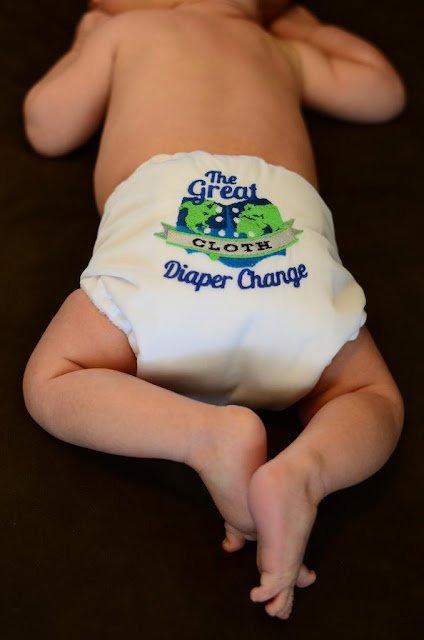
I. The Benefits of Cloth Diapers
A. Environmental Impact
- Reduction of Landfill Waste Did you know that disposable diapers take hundreds of years to decompose in landfills? By opting for cloth diapers, you’ll be making a significant impact in reducing landfill waste, and Mother Earth will definitely thank you for that!
- Lower Carbon Footprint Cloth diapers have a smaller carbon footprint than their disposable counterparts. By reusing them, you’re lowering your overall environmental impact and contributing to a greener planet for your little one to grow up in.
B. Health Benefits
- Chemical-free Materials One of the many perks of cloth diapers is that they’re often made from natural, chemical-free materials like cotton or bamboo. This means that your baby’s delicate skin won’t be exposed to harsh chemicals found in disposable diapers, allowing them to stay comfy and irritation-free.
- Reduced Diaper Rash Cloth diapers are gentle on your baby’s skin and allow for better airflow, which can help reduce the occurrence of diaper rash. Say goodbye to those pesky red bumps and hello to a happier baby bottom!
C. Cost-Effectiveness
- Long-term Savings Although the initial investment in cloth diapers might seem steep, you’ll save a considerable amount of money in the long run. By washing and reusing cloth diapers, you’ll spend less on disposable diapers, which can add up to thousands of dollars over the years.
- Reusability Cloth diapers are designed to last, and their durability means you can use them for multiple children. Plus, you can always pass them down to friends or family members once you’re done, further extending their life and value. Talk about getting more bang for your buck!
II. Types of Cloth Diapers
A. Prefolds and Flats
- Description and Materials Prefolds and flats are the classic cloth diapers that our grandparents used. Flats are large, single-layer fabric squares, while prefolds are smaller, rectangular pieces with multiple layers. Both types require folding and fastening with pins or a Snappi, and need a waterproof cover to prevent leaks.
- Pros and Cons
Pros:
- Affordable
- Versatile (can be folded in various ways)
- Easy to clean and dry quickly
Cons:
- Require extra steps (folding and fastening)
- Waterproof cover needed
- Steeper learning curve for beginners
B. Fitted Diapers
- Description and Materials Fitted diapers are contoured, multi-layered diapers with elastic at the waist and legs. They offer a snug fit and are highly absorbent. However, like prefolds and flats, they also need a waterproof cover.
- Pros and Cons
Pros:
- Highly absorbent
- Good for heavy wetters or overnight use
- Easy to put on
Cons:
- More expensive than prefolds or flats
- Waterproof cover needed
- Longer drying time
C. Pocket Diapers
- Description and Materials Pocket diapers consist of a waterproof outer layer and a stay-dry inner layer, with a pocket opening for inserting absorbent inserts or boosters. These diapers are customizable and can be adjusted for different absorbency levels.
- Pros and Cons
Pros:
- Customizable absorbency
- Easy to put on
- Stay-dry inner layer keeps baby’s skin dry
Cons:
- Requires stuffing and unstuffing inserts
- May need to change the entire diaper when wet
- Longer drying time for some inserts
D. All-in-One Diapers
- Description and Materials All-in-one diapers are the most convenient type, featuring a waterproof outer layer, absorbent layers sewn in, and no need for additional inserts or covers. They are a one-piece system that closely resembles disposable diapers.
- Pros and Cons
Pros:
- Simple and convenient
- Great for caregivers or daycare use
- Easy to put on
Cons:
- More expensive than other types
- Longer drying time
- May not be enough absorbency for heavy wetters
E. Hybrid Diapers
- Description and Materials Hybrid diapers offer the best of both worlds, featuring a waterproof cover and your choice of either reusable inserts or disposable liners. They provide the flexibility of using cloth or disposable options depending on your needs.
- Pros and Cons
Pros:
- Versatile and flexible
- Travel-friendly
- Can reuse cover multiple times before washing
Cons:
- Disposable liners contribute to waste
- May need to purchase additional inserts or liners
- Possible learning curve for proper fit and absorbency

III. Proper Care Techniques for Cloth Diapers
A. Washing
- Prepping New Diapers Before using your brand-new cloth diapers, it’s essential to prep them by washing them at least once. This process removes any residue and helps improve absorbency. Natural fiber diapers, like those made of cotton or hemp, may require multiple washes before reaching peak absorbency.
- Establishing a Wash Routine Creating a consistent wash routine is key to keeping your cloth diapers clean and fresh. Generally, you’ll want to wash your diapers every 2–3 days. Start with a cold pre-wash cycle to remove stains and then follow with a hot wash cycle using the recommended amount of detergent. Finish with an extra rinse to ensure all detergent is removed.
- Detergent Choices Selecting the right detergent for your cloth diapers is crucial. Opt for a detergent that’s free of fabric softeners, bleach, and fragrances to prevent buildup and irritation. There are specific cloth diaper detergents available, but many regular detergents work just as well, as long as they meet these requirements.
B. Drying
- Line Drying vs. Machine Drying When it comes to drying your cloth diapers, you have two options: line drying or machine drying. Line drying is eco-friendly and can help extend the life of your diapers, while machine drying is faster and more convenient. Both methods are effective, so choose the one that best fits your lifestyle and preferences
- Tips for Maintaining Absorbency To keep your cloth diapers as absorbent as possible, avoid using fabric softeners, as they can create a buildup that hinders absorbency. Also, consider “stripping” your diapers occasionally to remove any residue. This process involves soaking the diapers in a mix of hot water and a stripping agent, followed by multiple rinses.
C. Storing
- Wet Bag vs. Dry Pail When it comes to storing dirty diapers before laundry day, you have two options: wet bags or dry pails. Wet bags are waterproof, reusable bags that can be hung or placed in a diaper pail. Dry pails are ventilated containers designed for storing soiled diapers. Both methods help contain odors and make transferring diapers to the washing machine a breeze.
- How to Prevent Odors To keep odors at bay, make sure to rinse out any solid waste from diapers before storing them. Regularly washing your storage solution, whether it’s a wet bag or a dry pail, also helps keep smells under control. Using baking soda or charcoal filters in your diaper pail can provide additional odor-fighting power.
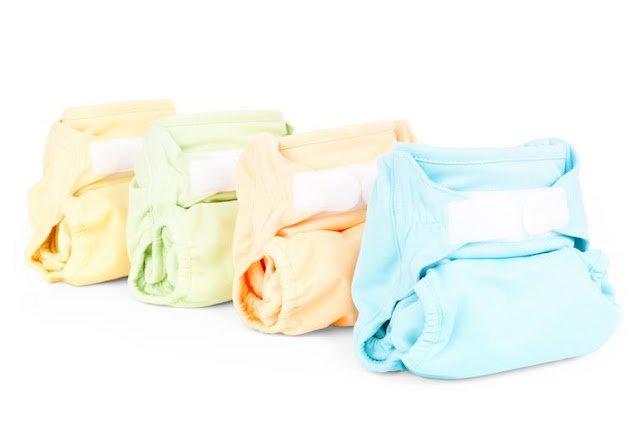
IV. Tips for Getting Started
A. Building a Cloth Diaper Stash
- How Many Diapers to Buy As a general rule, having 24–36 cloth diapers in your stash should be enough to comfortably diaper your baby while allowing time for washing and drying. Newborns will require more frequent diaper changes, so you may need closer to 36 diapers initially, while older babies may need fewer.
- Sizing Considerations Some cloth diapers come in a one-size-fits-all design, while others are available in specific sizes. Pay attention to the weight range indicated on the diaper packaging to ensure a proper fit for your baby. Remember, a good fit is crucial to preventing leaks and keeping your baby comfortable.
B. Choosing the Right Accessories
- Cloth Wipes Using cloth wipes along with your cloth diapers is a natural choice for eco-friendly parents. They can be easily washed with your diapers and are gentle on your baby’s skin. Simply moisten them with water or a gentle wipe solution before use.
- Diaper Liners Diaper liners are thin, disposable sheets that you can place on top of your cloth diaper’s absorbent layer. They help catch solid waste, making cleanup easier and protecting the diaper from stains. Liners can be especially helpful during the transition to solid foods when baby’s stools become messier.
- Wet Bags Invest in a few wet bags for storing dirty diapers at home or on the go. Wet bags are waterproof, reusable, and come in various sizes and designs to suit your needs. They make cloth diapering more convenient, especially when you’re out and about.
C. Overcoming Common Challenges
- Dealing with Leaks Leaks can be a common concern for new cloth diapering parents. Ensuring a proper fit, using the right absorbency level, and regularly checking for signs of wear or damage can help minimize leaks. Don’t be afraid to experiment with different types of diapers or folding techniques to find what works best for your baby.
- Cloth Diapering on the Go Cloth diapering while out and about is easier than you might think! Bring along a wet bag for storing dirty diapers, a few extra diapers, and cloth wipes. With a little preparation, you’ll be able to tackle cloth diapering with confidence, no matter where your adventures take you.
- Balancing Convenience with Eco-Friendliness While cloth diapers are undoubtedly eco-friendly, they can sometimes feel less convenient than disposables. Embrace hybrid systems or use biodegradable liners to make your cloth diapering experience more user-friendly without sacrificing your commitment to the environment. Remember, every small step towards sustainability makes a difference!
Conclusion:
And there you have it, folks! We’ve explored the many benefits of cloth diapering, delved into the different types available, and discussed proper care techniques to keep your diapers in tip-top shape. As you can see, cloth diapering is not only a sustainable and eco-friendly choice but also offers numerous health and financial benefits for your family.
We encourage you to give cloth diapering a try and embrace this rewarding, Earth-conscious lifestyle. Remember, the cloth diapering community is full of support and resources to help you along the way. As you embark on your cloth diapering journey, feel free to share your experiences, tips, and tricks in the comments section below. We can’t wait to hear about your adventures in the wonderful world of cloth diapers!

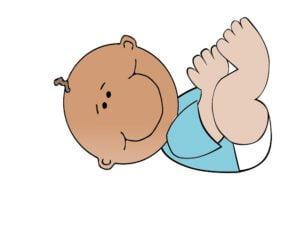

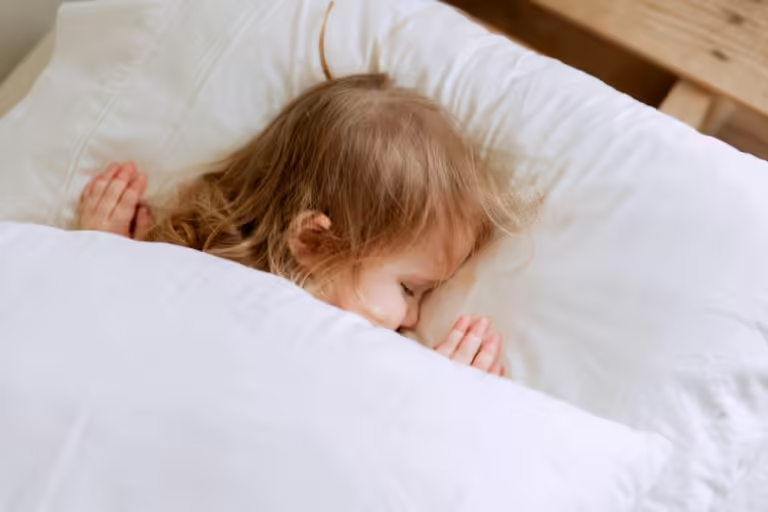
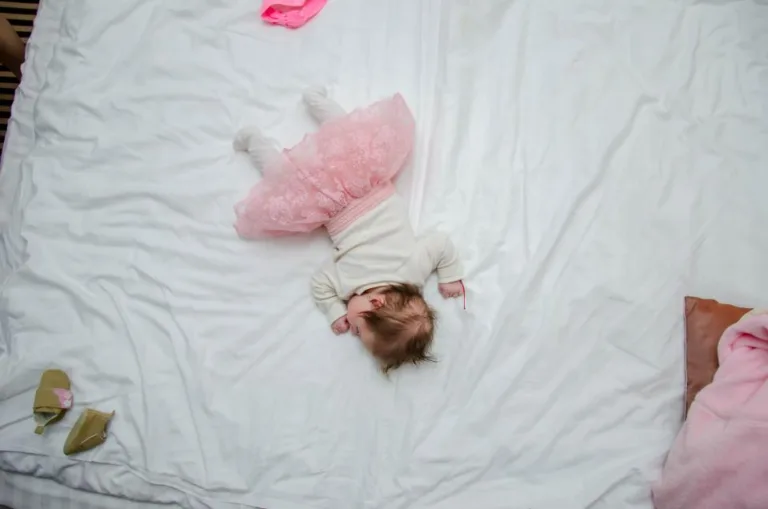




Thanks for info
We always use cloth diapers
cloths are the best